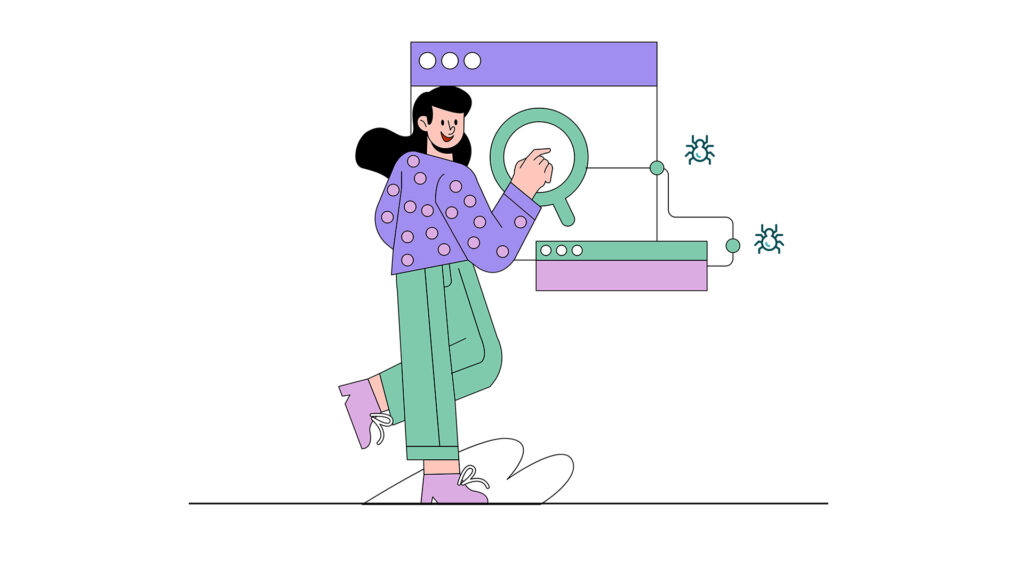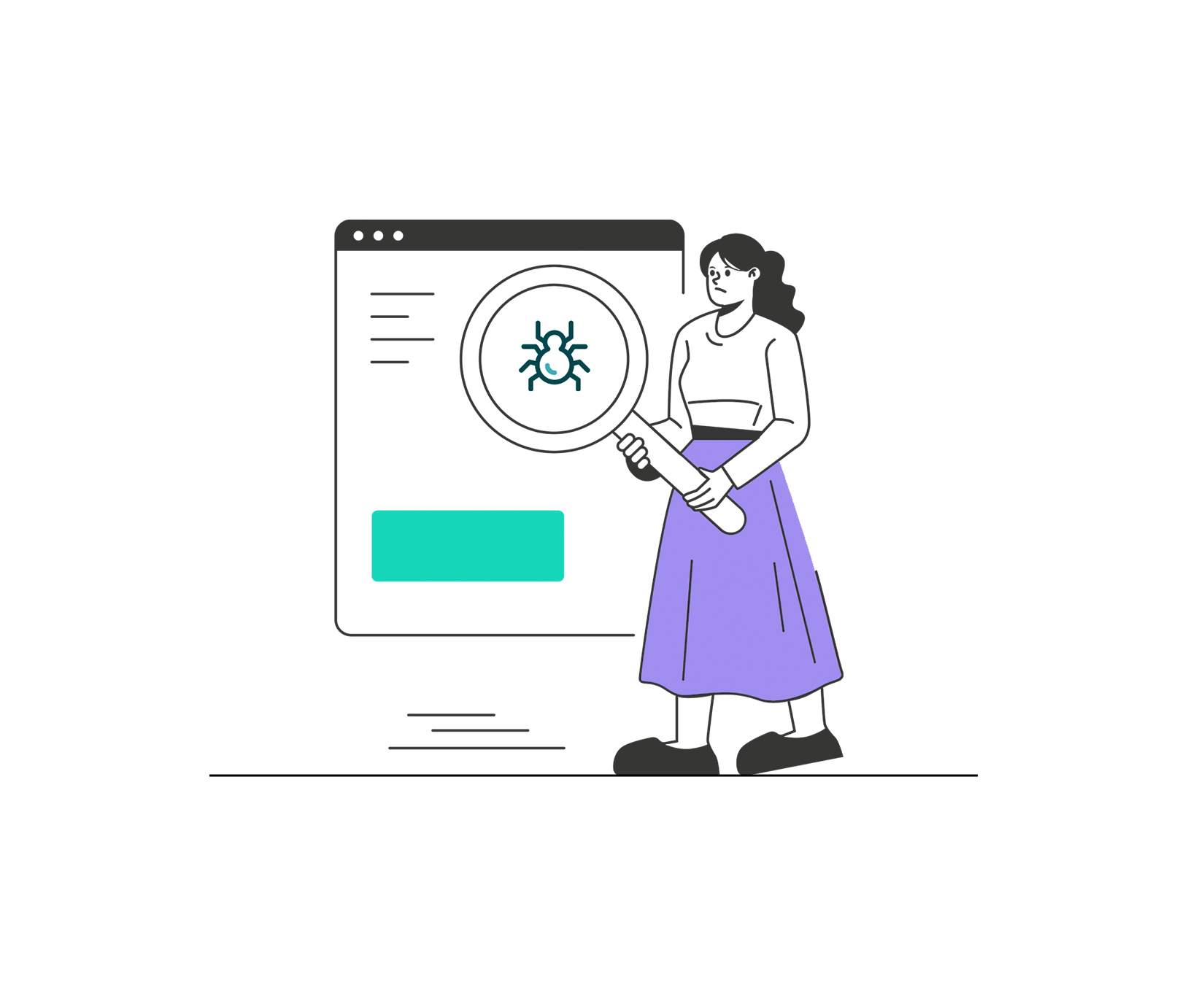As you examine your Google Search Console (GSC) coverage report, you may notice a perplexing message — “Submitted URL has Crawl Anomaly.” While this may sound ominous, it’s not always catastrophic, but it is an indication that something went wrong when Googlebot tried to crawl your page.
This blog will define what a Crawl Anomaly really means, dive into the most common causes of Crawl Anomaly and provide actionable solutions to troubleshoot these submitted URL errors and improve your technical SEO health.

What Does ‘Submitted URL Has Crawl Anomaly’ Mean?
A Crawl Anomaly is simply Google’s way of saying, “We noticed something happened that was different than we expected when we tried to crawl your page, but we’re not exactly sure what.” For lack of a better term, a Crawl Anomaly is an unspecified crawl failure. It is, distinctly, neither a clear HTTP 404 error nor a 500 error. It can sometimes be something else fully. If Google doesn’t know how to categorize the problem, it displays Crawl Anomaly. You can usually find this in GSC in the Indexing → Pages section, mostly likely after you submitted a sitemap or manually requested to be crawled. A Crawl Anomaly indicates that the submitted URL in some way interfered with Googlebot’s ability to fetch the page content or understand its response. While it may seem inconsequential, Crawl Anomalies can, and do, affect the way pagination indexing is worked out, and lead to limited search visibility and inefficient crawling, which all negatively impacts SES performance.
Why Crawl Anomalies Matter for Your Website
Generally, a handful of Crawl Anomalies won’t raise concerns. However, if a series of Crawl anomalies exist, it can affect the visibility of your site and crawl efficiency.
Googlebot can do the following when it encounters Crawl Anomalies:
- Result in additional indexing lag for underlying and important pages.
- Use a crawl budget inefficiently.
- Hurt the trust level Google has in your site for tech performance.
Crawl Anomalies, fundamentally, raise a warning flag during a technical SEO audit and indicate any possible issues regarding server performance, redirects, or resources are un-accessible.
If the Crawl Anomalies aren’t fixed, your site may become inconsistent about what is viewable to consumers and what is actually indexed in search results.
The Most Common Crawl Anomaly Causes
There are many reasons why Crawl Anomaly happens. Below are some of the most common Crawl Anomaly causes that every SEO should be aware of:
Server or Hosting Timeouts
A Crawl Anomaly is triggered if your server takes too long to respond or times out. Slow hosting, large scripts, and server overloads are typical.
Blocked Resources or Firewall
Most of the time what happens is firewalls or CDN settings can be too aggressive, and inadvertently block Googlebot from accessing your site. Google cannot access critical files – like JavaScript or CSS – and therefore marks it as a Crawl Anomaly.
Broken Redirects and Loops
Incorrect redirect chains or loops can confuse crawlers. Googlebot can get hung up or receive mixed response codes, and cannot get to the final URL – and you get a Crawl Anomaly.
DNS or SSL Certificate Problems
If your DNS does not resolve the domain quickly or your SSL certificate is improperly setup, Google may not connect well and that is another crawl failure.
Rendering or JavaScript Problems
Sometimes, dynamic content only loads after scripts execute and it can just break for bots. If Googlebot cannot fully render a page, it is labeled as a Crawl Anomaly.
Diagnosing Submitted URL Crawl Anomalies in GSC
It requires a systematic approach to determine what the causing a Submitted URL errors has Crawl Anomaly issue . Here are the steps to take:
Open Google Search Console
Go to Indexing to Coverage to Submitted URL has Crawl Anomaly.
Check the Problem URL
Using the “URL Inspection Tool,” take a look at how Google last crawled the page, and whether or not it is indexed.
- Click on the – Test Live URL button to see if Googlebot can access and render the page.
Check the Server Logs in a more better way
Review your hosting server logs to find Googlebot’s request and the response that you get status codes from the server, which will help you identify where the failure is.
Just Check Access Rules
You should review your robots.txt file and any meta directives to ensure nothing is unintentionally blocking Google’s crawler.
Commonly what happens is, what looks like a Crawl Anomaly is a soft error misinterpreted by Google. Comparing your results to the Soft 404 vs Real 404 distinction will help clarify whether the URL actually returns a valid page or not.
How to Fix Crawl Anomaly Errors
After determining the underlying cause, it is time to efficiently resolve Crawl Anomaly problems.
Resolve Server-Related Issues
- Optimise or switch to a more stable hosting provider.
- Use caching and compression to improve response time above all else.
- Keep an eye on uptime and load times at all times.
Confirm Firewall and Access Policy Settings
Ensure Googlebot isn’t blocked by your WAF, network, CDN or any other IT rules. Utilize tools like: Google’s URL Inspection or Fetch as Google, to confirm this.
Fix crawl anomaly and broken Redirects and Links(But not much)
Fix crawl anomaly redirect loops, update broken links and maintain a simple-to-follow redirect path.
Then Solving the DNS and SSL issues
You should check domain resolution with dig or nslookup. If there are issues, renew or install your SSL Certificate correctly.
Improve JavaScript rendering
With client-side rendering pages, one potential workaround is to pre-render or switch to server-side rendering to facilitate access to final HTML by Google.
Following the changes, return to GSC, click “Validate Fix,” and monitor validation status. If all is well, the issue will transition from “Error” to “Fixed” in days or weeks.
Monitoring, Checking and Validation in Google Search Console
After the implementation of your issue fixes, it is vital to continue monitoring the scenario to ensure the issue is resolved.
Coverage Report: Check whether the number of pages under “Crawl Anomaly” decreases over time.
Crawl Stats Report: Check to see if you have fewer failed requests and better average response times.
URL Inspection Tool: Use this tool to verify that the URLs which were impacted are now indexed correctly. Monitoring the behavior over a number of weeks will provide confidence that the issue is not simply fixed temporarily but rather fixed structurally.
Preventing the Future of Crawl Anomalies
The most important Crawl Anomaly solutions focus on prevention but rather than constantly fixing things.
Here’s how you can use this:
- Always keep your internal linking structure logical and consistent.
- Regularly remove & kind of update broken URLs.
- Use some pf the stable hosting with low latency and high up-time.
- Make sure your robots.txt and meta tags are not too restrictive.
- Run a technical SEO audit from time to time to identify potential issues early.
- Now, you should actually not overlook smaller crawl warnings why because they can result in larger indexing errors.
So finally, by ensuring your site is technically sound, you lessen the risk of providing persistent anomalies blocking crawling efficiency.
Advanced Troubleshooting Tips
In situations of ongoing anomalies, it’s important to look for more details:
- Compare the problematic pages against the pages that are now being indexed as expected.
- Check the server logs to try to correlate any instances of Googlebot visits against the timestamps of the anomalies.
- Examine whatever template or CMS you may use to see if it has any issues that may lead to inconsistent headers or responses.
- Checking CDN setups may also be valuable too as caching layers can lead to unpredictable timeouts.
These deeper insights will often reveal patterns than just the normal tests can’t see, especially with site migrations or significant code changes.
Summary: Building a Resilient SEO Framework
The “Submitted URL errors have Crawl Anomaly” message might initially seem ambiguous, but it is a significant signal Google encountered an issue it couldn’t label.
By methodically diagnosing and implementing the appropriate Crawl Anomaly solutions, you can guarantee each and every URL submitted to Google is accessible, indexable, and technically coherent.
Ongoing monitoring, continuous maintenance, and a thorough technical SEO auditing plan are the basis for sustained crawl health; a daily practice employed by every trustworthy digital marketing agency in UAE to protect their clients visibility.
Lastly, it is essential to note that fixing anomalies is just one piece of a much larger optimisation puzzle. If you’re fighting through multiple indexing issues, consider investigating guides on how to fix page indexing issues for added strength to your site’s search presence.
Related Post
Publications, Insights & News from GTECH








